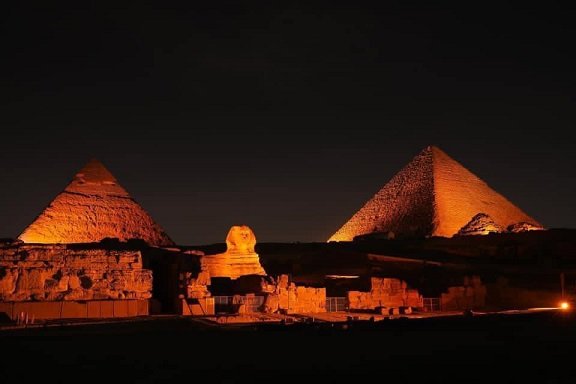A study published by Egyptian archaeologists and medical experts on the 17th showed that the ancient Egyptian 17th Dynasty pharaoh Segnenra, who was killed in a battle with the Hexos, whose head scars had been mummified about 3,600 years ago.
The producer cleverly hides it.
Archaeologist Zahi Havas and Cairo University School of Medicine professor Sahar Salim published in the journal Frontier of Medicine on the 17th that through CT scanning of mummies and reconstruction of two-dimensional and three-dimensional images, the two scholars found that Segnenella’s hands were deformed and the head scars were made by mummies.
Hidden under a kind of anticorrosive material, these scars match the axes, daggers, etc. used by the Hexos in the Egyptian National Museum.
Research suggests that Segnenra may have been captured on the battlefield and killed by the Hixos repeatedly hit in the head from different angles after his hands were tied back.
Studies show that Segnenra should be about 40 years old at the time of death.
Segnenra lived in the 16th century BC. His mummy was discovered in 1881 and was in poor condition at the time of discovery.
In the 1960s, researchers examined him by X-rays and found that he had been seriously damaged in the head.
There are different hypotheses about the cause of his death, including being killed in the battle with the Hicxos and assassinated while resting in the bedroom.
Havas said that CT scanning technology can study mummies more safely and non-invasively and determine the age and cause of death more accurately.



